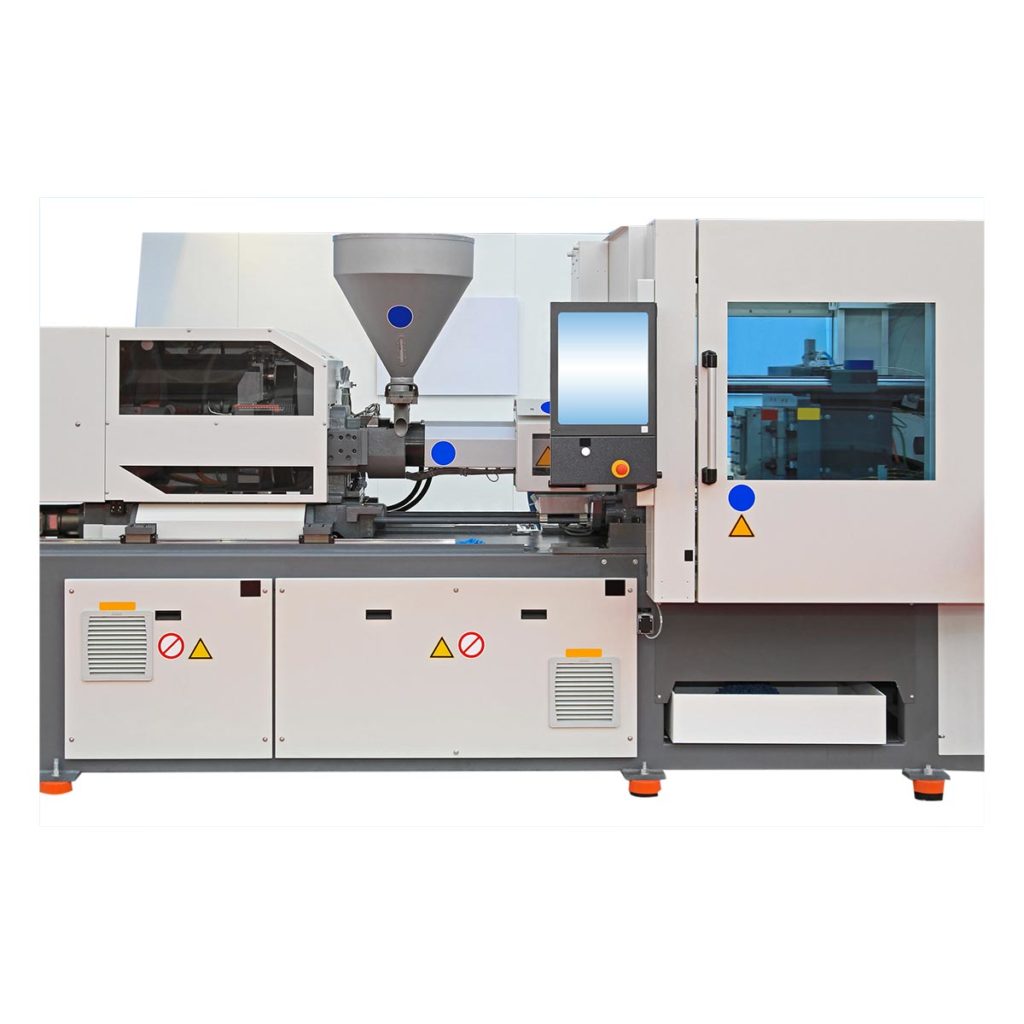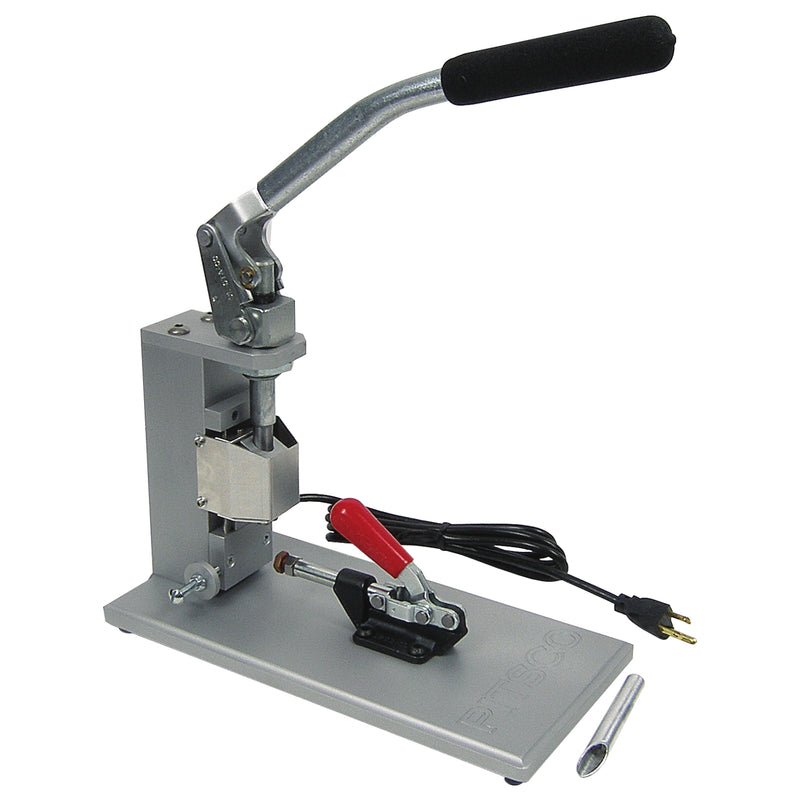The Future of Plastic Injection Molding: Developments and fads to View
As the plastic injection molding market progresses, numerous essential trends are emerging that assurance to reshape its landscape. Automation and wise production strategies are established to enhance performance, while the shift in the direction of lasting materials reflects a growing environmental consciousness. Advancements in 3D printing are leading the means for unprecedented layout flexibility. However, these innovations also bring forth difficulties that require mindful factor to consider. Recognizing exactly how these components will connect and affect future techniques is essential for stakeholders seeking to browse this transformative period efficiently.
Automation and Smart Production
As the plastic injection molding sector develops, automation and clever manufacturing are taking center phase, changing manufacturing processes - Plastic Injection Molding. The integration of advanced modern technologies such as robotics, IoT (Net of Points), and expert system is making it possible for producers to improve efficiency, decrease functional prices, and enhance item high quality. Automated systems simplify workflows, reducing manual treatment and boosting throughput, which is vital in satisfying the climbing demand for rapid manufacturing cycles
Smart making innovations assist in real-time monitoring and information analysis, permitting business to enhance machine efficiency and anticipate maintenance demands. This aggressive strategy not only minimizes downtime yet likewise extends the life-span of tools. Additionally, making use of joint robots, or cobots, improves the adaptability of manufacturing lines, allowing makers and workers to run side by side securely and successfully.
The fostering of automation in plastic injection molding is not just a pattern however a strategic critical for services aiming to remain competitive in a global market. By harnessing these technologies, makers can accomplish higher precision, reduce waste, and adapt promptly to transforming customer needs, placing themselves for lasting development in a significantly automatic future.
Sustainable Materials and Practices
The push in the direction of automation and smart manufacturing has actually paved the way for a higher emphasis on sustainable materials and methods within the plastic injection molding industry. Business are significantly seeking green alternatives to typical petroleum-based plastics, bring about the fostering of bio-based and recycled materials. These lasting products not only decrease ecological effect but also straighten with consumer demand for greener items.

Furthermore, partnership between manufacturers, material suppliers, and ecological organizations is cultivating innovation in the development of sustainable products that fulfill efficiency criteria without compromising quality. As laws around plastic usage come to be stricter, the industry is poised to adapt by embracing these lasting approaches, guaranteeing lasting viability and minimizing reliance on non-renewable resources. The assimilation of sustainability right into plastic shot molding is not simply a trend; it is coming to be an essential part of corporate duty and functional excellence.
Advancements in 3D Printing
Recent advancements in 3D printing technology are dramatically changing the landscape of plastic injection molding. Impossible or as soon as tough to attain through traditional techniques, the combination of additive manufacturing processes permits for the quick prototyping of intricate geometries that were. This capacity not just accelerates item advancement cycles however also lowers material waste, lining up with the growing demand for lasting production methods
Furthermore, the introduction of crossbreed manufacturing strategies, which incorporate 3D printing and injection molding, supplies suppliers the ability to develop detailed styles while preserving the effectiveness of mass manufacturing. This strategy makes it possible for the production of tailored parts customized to particular consumer demands without compromising the speed and scalability that read the article injection molding gives.
Furthermore, developments in products, such as high-performance polymers and composites particularly created for 3D printing, are boosting the practical capacities of printed parts. These products can endure higher tension and exhibit improved thermal buildings, making them ideal for even more demanding applications.
As 3D printing remains to advance, its integration right into plastic injection molding procedures assures to enhance productivity, minimize costs, and foster innovation in product style, placing manufacturers to better meet the challenges of an affordable market.
Data Analytics and IoT Integration
Information analytics and the assimilation of the Web of Things (IoT) look at here now are reinventing plastic shot molding by giving manufacturers with extraordinary insights into their operations. By leveraging real-time information collected from interconnected equipments and sensors, suppliers can monitor performance metrics, determine inefficiencies, and optimize manufacturing procedures. This data-driven approach promotes anticipating maintenance, lowering downtime and prolonging tools lifespan.
Furthermore, IoT assimilation permits enhanced quality assurance. By continuously tracking variables such as stress, temperature, and cycle times, producers can quickly identify inconsistencies from developed parameters and make adjustments in real time. This not only boosts product consistency but likewise minimizes waste and scrap rates.
The fusion of data analytics and IoT modern technologies likewise empowers suppliers to take on more active manufacturing strategies. With accessibility to comprehensive information analytics, organizations can reply to market needs with greater versatility, changing manufacturing schedules and configurations as required. This flexibility is essential in a swiftly transforming production landscape.

Modification and Layout Adaptability
Exactly how can customization and design flexibility improve the competitiveness of plastic shot molding? Modification enables suppliers to meet particular client needs, suiting special dimensions, shapes, and capabilities that typical products may not satisfy.
Improvements in layout technologies, such as computer-aided design (CAD) and rapid prototyping, further strengthen this trend. These devices allow designers to produce intricate geometries and intricate patterns, which can be flawlessly incorporated right into the manufacturing procedure. Consequently, manufacturers can respond quickly to transforming consumer preferences and market demands.
Additionally, the execution of modular tooling systems boosts layout adaptability, permitting for quicker adjustments in between various product designs without substantial downtime. This adaptability can result in decreased lead times and reduced manufacturing expenses, making companies much more competitive and dexterous. Ultimately, welcoming personalization and design versatility in plastic injection molding not only raises product offerings but likewise reinforces market positioning in an ever-evolving landscape.
Verdict
The future of plastic shot molding is identified by considerable innovations in automation, lasting techniques, and ingenious products. The assimilation of IoT and information analytics will certainly improve functional effectiveness and predictive upkeep. Furthermore, the adoption of bio-based and recycled products, together with progression in 3D printing, will cultivate sustainability within the sector. Modification via modular tooling and quick prototyping will allow suppliers to remain receptive and competitive to the vibrant demands of the market.

The future of plastic shot molding is identified by considerable developments in automation, lasting techniques, and innovative materials.